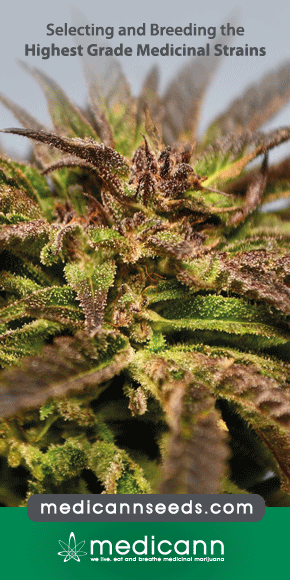Cannabidiol: from an inactive cannabinoid to a drug with wide spectrum of action
Abstract
OBJECTIVE:
The aim of this review is to describe the historical development of research on cannabidiol.
METHOD:
This review was carried out on reports drawn from Medline, Web of Science and SciELO.
DISCUSSION:
After the elucidation of the chemical structure of cannabidiol in 1963, the initial studies showed that cannabidiol was unable to mimic the effects of Cannabis. In the 1970’s the number of publications on cannabidiol reached a first peak, having the research focused mainly on the interaction with delta9-THC and its antiepileptic and sedative effects. The following two decades showed lower degree of interest, and the potential therapeutic properties of cannabidiol investigated were mainly the anxiolytic, antipsychotic and on motor diseases effects. The last five years have shown a remarkable increase in publications on cannabidiol mainly stimulated by the discovery of its anti-inflammatory, anti-oxidative and neuroprotective effects. These studies have suggested a wide range of possible therapeutic effects of cannabidiol on several conditions, including Parkinson’s disease, Alzheimer’s disease, cerebral ischemia, diabetes, rheumatoid arthritis, other inflammatory diseases, nausea and cancer.
CONCLUSION:
In the last 45 years it has been possible to demonstrate that CBD has a wide range of pharmacological effects, many of which being of great therapeutic interest, but still waiting to be confirmed by clinical trials.
PMID: 18833429 DOI: 10.1590/s1516-44462008000300015



